This month we’re learning about all the holidays celebrated across the world with Christmas being one they’re pretty familiar with already. In America, we see Christmas celebrated a very specific way with Christmas trees and red and green lights but around the world that’s not always what it looks like. Here are some other Christmas traditions from around the world and how you can incorporation them into your celebrations this year to teach your kids a more global perspective to the holiday.
Gavle Goat, Sweden
Yule goats are a traditional part of Christmas celebrations dating back to pagan celebrations where it was believed that Thor rode a chariot through the sky drawn by two goats. This evolved to be the animal that pulled Santa’s sleigh (rather than reindeer). Since 1966, a 13-metre-tall Yule Goat has been built in the center of Gävle’s Castle Square, but this Swedish Christmas tradition has unwittingly led to another “tradition” of sorts – people trying to burn it down. Since 1966 the goat has been successfully burned down 29 times – the most recent destruction was in 2016. If you want to see how the goat fares this year when it goes up on December 1st, you can follow its progress on the Visit Gävle website through a live video stream.
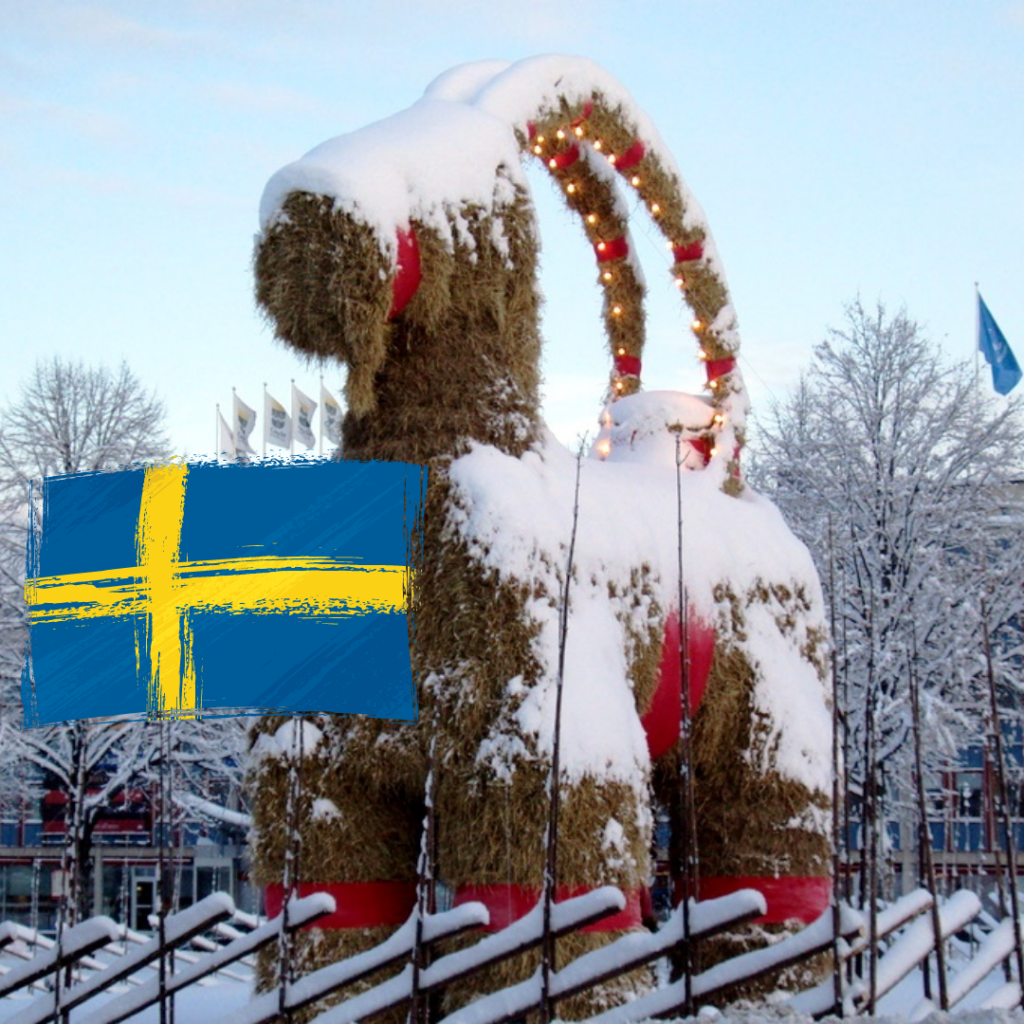
Giant Lantern Festival, Philippines

On the Saturday before Christmas Eve in the city of San Fernando in the Philippines, The Giant Lantern Festival (Ligligan Parul Sampernandu) is held. Eleven barangays (villages) take part in the festival and competition is fierce as everyone pitches in trying to build the most elaborate lantern. Originally, the lanterns were simple creations around half a meter in diameter, made from ‘papel de hapon’ (Japanese origami paper) and lit by candle. Today, the lanterns are made from a variety of materials and have grown to around six meters in size. They are illuminated by electric bulbs that sparkle in a kaleidoscope of patterns. Try creating your own lantern to symbolize the north star the three wise men followed to Bethlehem.
Porridge & Saunas, Finland
On Christmas morning, Finish families traditionally eat a porridge made of rice and milk topped with cinnamon, milk, or butter. Whoever finds the almond placed inside one of the puddings “wins”—but some families cheat and hide a few almonds so the kids don’t get upset. At the end of the day, it is customary for the whole family to warm up in the sauna together. You probably don’t have your own sauna, but you can definitely make porridge and make a game out of hiding an almond. If your kids don’t like porridge, try hiding an almond around the house like an Easter egg hunt.
Kentucky Fried Christmas Dinner, Japan
Christmas has never been a big deal in Japan. Aside from a few small, secular traditions such as gift-giving and light displays, Christmas remains largely a novelty in the country. However, a new, quirky “tradition” has emerged in recent years – a Christmas Day feast of the Colonel’s very own Kentucky Fried Chicken. You can celebrate like the Japanese by getting you own bucket!
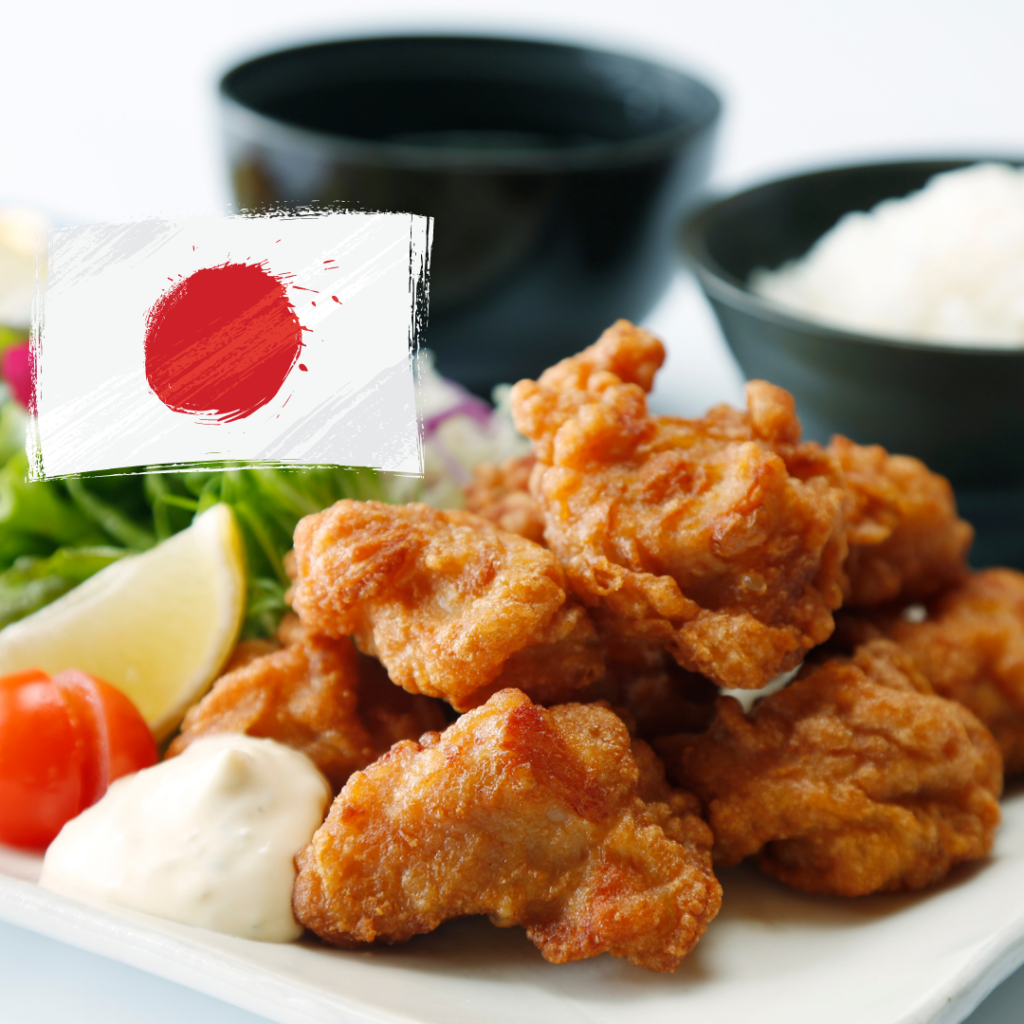
Shrimp on The Barbie, New Zealand & Australia
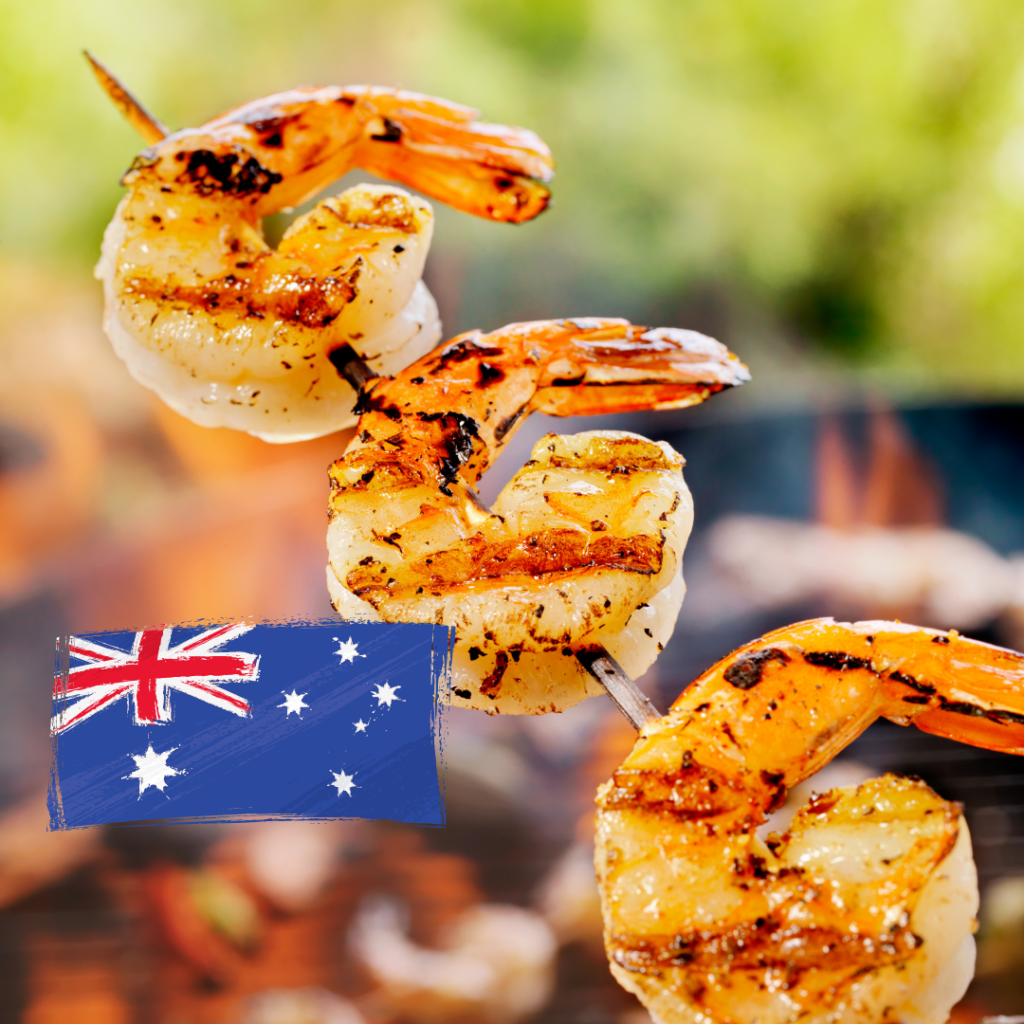
It’s summertime during Christmas for Kiwis and Australians so rather than snow and warm fireplaces, their traditions involve the beach and cooking seafood on the grill. This is a great time to teach kids about how seasons work for different hemispheres. Have a “Christmas in July” night to celebrate like those in the Southern Hemisphere.
La Ribote, Martinique
In the French Caribbean island of Martinique, la ribote is a longstanding tradition where families visit their neighbors during Advent and on New Year’s Day bearing holiday food like yams, boudin créole, pâtés salés, and pork stew. They sing Christmas carols together into the early hours of the morning, adding their own creole verses to traditional lyrics. Celebrate like the Martiniquais and sing carols with your neighbors this year (at a socially safe distance, of course).
Feast of the Seven Fishes, Italy
The ancient tradition of eating fish on Christmas Eve dates from the Roman Catholic custom of abstinence from meat and dairy products on the eve of certain holidays, including Christmas. The number seven is rooted back in ancient times and it can be connected to multiple Catholic symbols: in fact, the seven seems repeated more than 700 times in the Bible. Also, according to the Roman Catholic Church, seven are the sacraments, the days of the Creation, as well as the deadly sins. Hence seven courses!
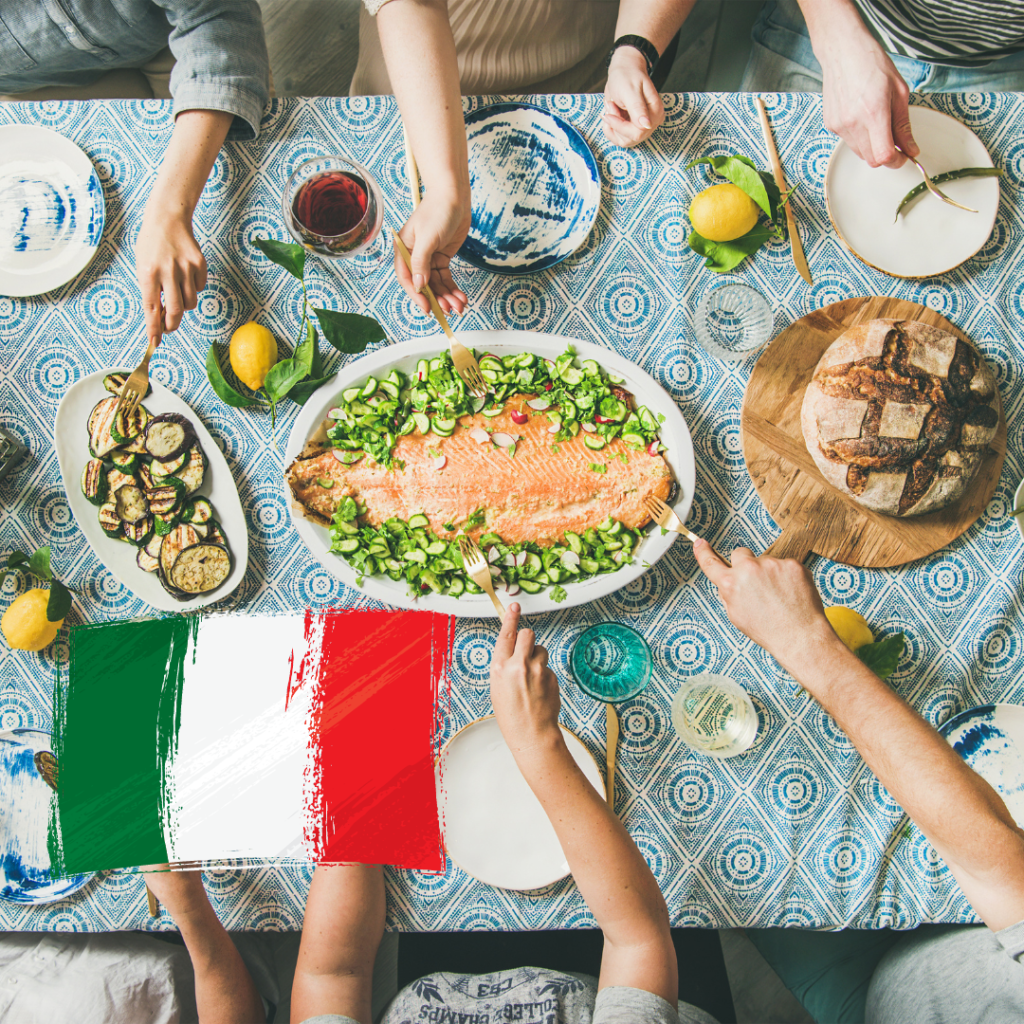
First Star Dinner, Poland
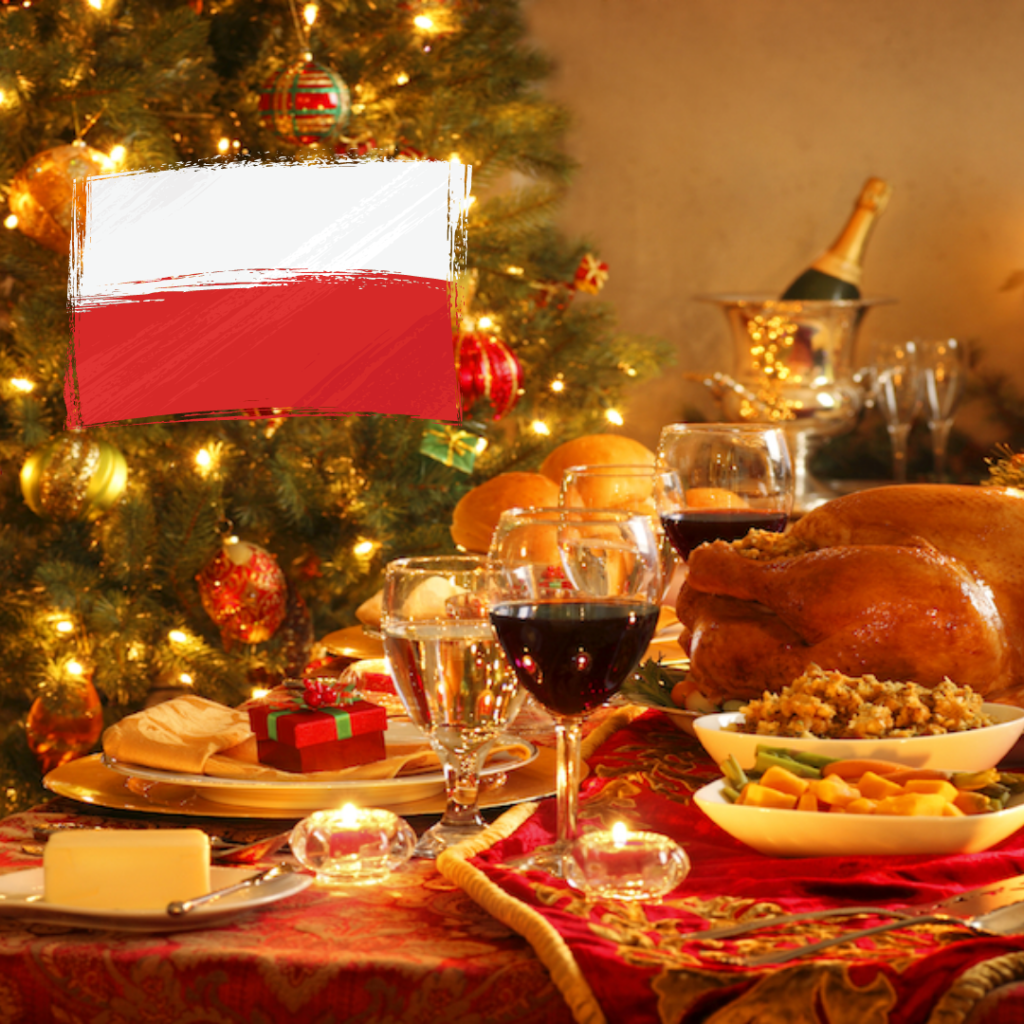
On Christmas Eve in Poland, many families share oplatek (an unleavened religious wafer), each person breaking off a piece as they wish each other Merry Christmas. Dinner may not begin until the first star appears in the night sky and, traditionally, an extra setting is left at the table should someone show up uninvited. Celebrate like the Polish and don’t start dinner until the first star appears in the sky.
Spider Webs, Ukraine
Celebrations of Christmas around the world often include some form of charity. In the Ukraine, it’s traditional to hang spider web-shaped decorations on the tree. This reflects the Ukrainian legend of the poor widow who didn’t have enough money to decorate her tree, but when her children awoke on Christmas day, the tree was covered in webs that glistened gold and silver in the morning light. Have your kids pick a charity to donate to this year and teach them the meaning of giving.
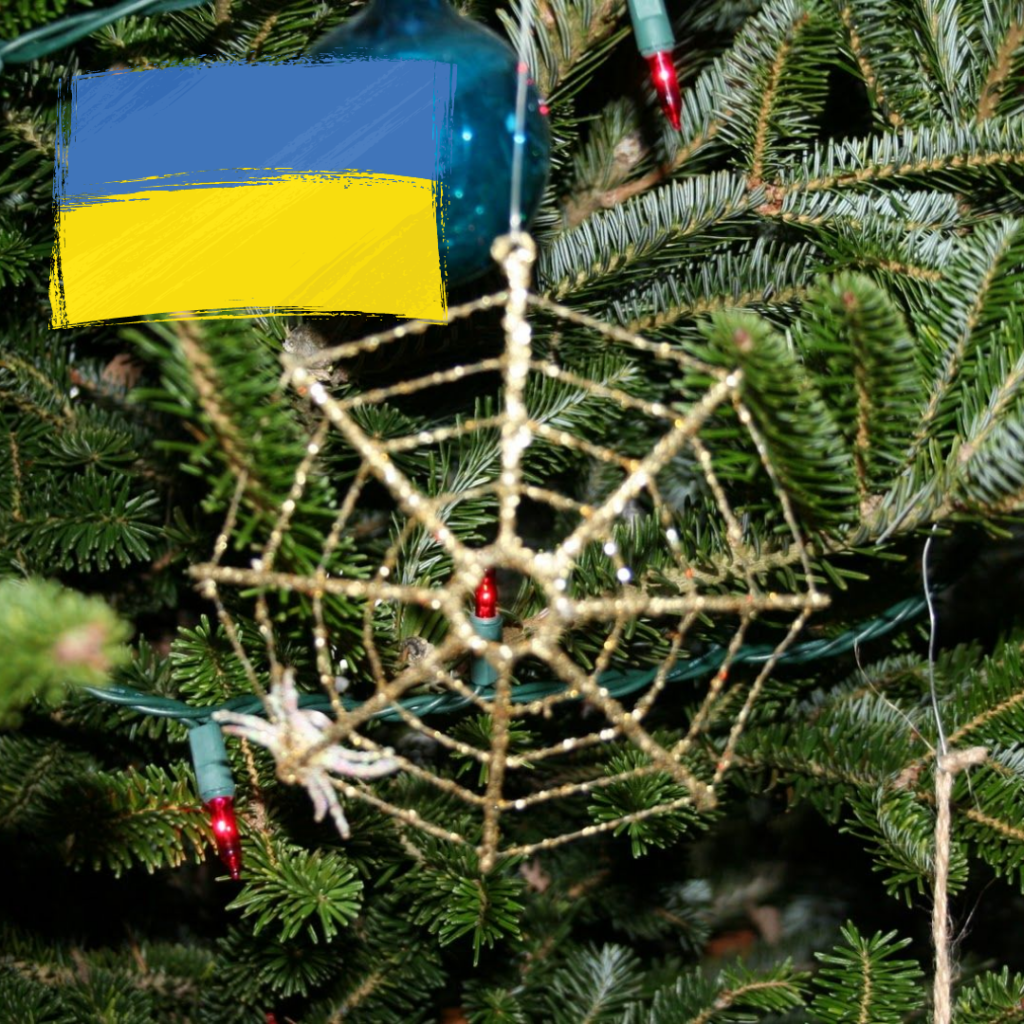
Yule Lads, Iceland
In America there are 12 days of Christmas but in Iceland there are 13 days of Yuletide leading up to Christmas day. Each night a different trickster yule lad will come out to play. For each night of Yuletide, children place their best shoes by the window and a different Yule Lad visits leaving gifts for nice girls and boys and rotting potatoes for the naughty ones. Each lad has a unique name and type of mischief they like to cause like Hurðaskellir (Door-Slammer) and Kertasníkir (Candle-Stealer). Play along this year and get up to a little mischief before the holidays.
Christmastide, Russia
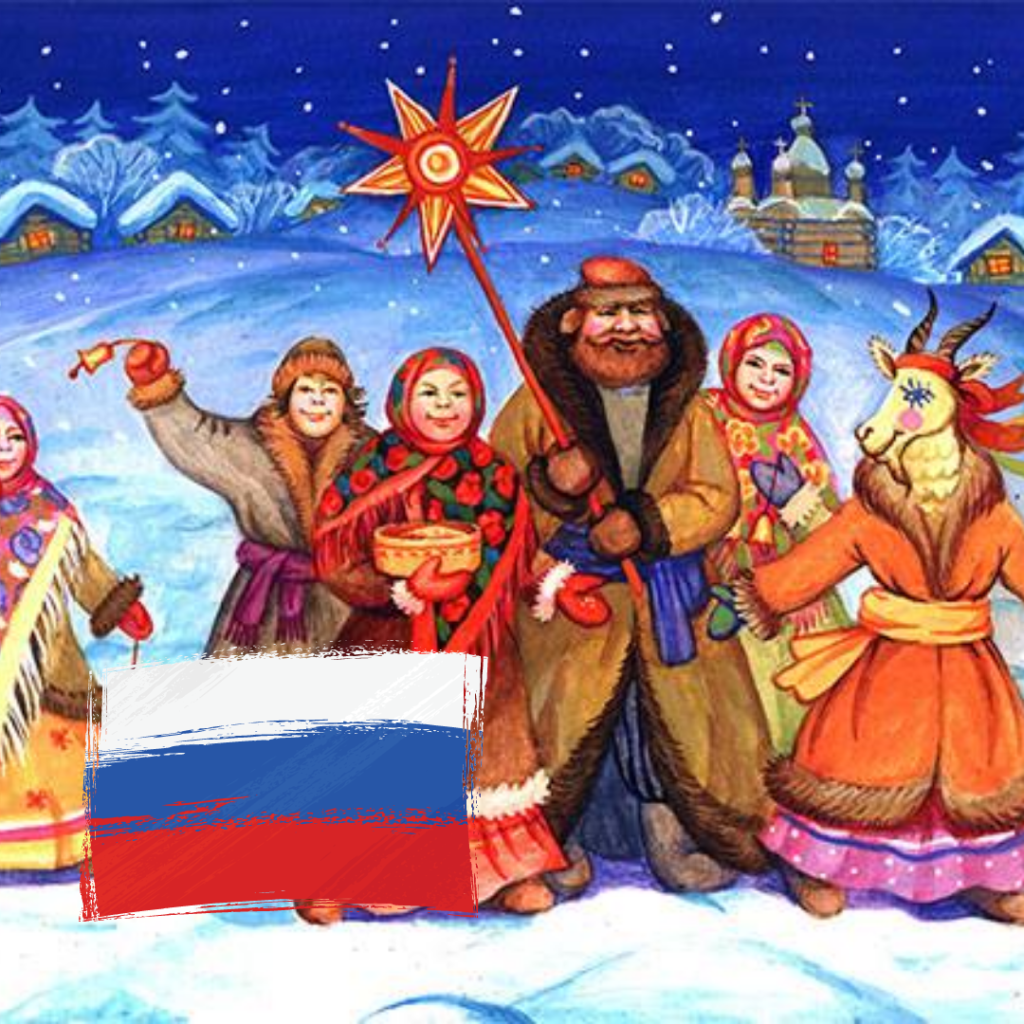
Russia has plenty of Christmas traditions – from swapping Santa Claus for Father Frost to a meatless Christmas Eve feast, but none more fascinating than the country’s celebration of Christmastide. Hailed as ‘the most unholy time of year’, ‘Svyatki’ as the Russians call it, runs from the Orthodox Christmas Eve on 7th January to the Epiphany on 19th January. This a pagan tradition involves, feasting (obv, it’s Christmas), Russian Christmas music, fortune telling, theatre, local pranks and… diving into the country’s freezing lakes and rivers. When it comes to inspiration for your own Christmas day antics, just take your pick!
Shoes for Sinterklaas, Germany
Some international traditions resemble our traditions but with a twist. Instead of hanging stockings by the fire for gifts, children in Germany leave out a shoe or boot outside the door on Saint Nicholas Day (December 5) for Sinterklaas to fill with gifts. Saint Nicholas Day is celebrated across Europe and Asian Christian countries as the gift-giving holiday of “Santa Claus” rather than on Christmas Day itself.
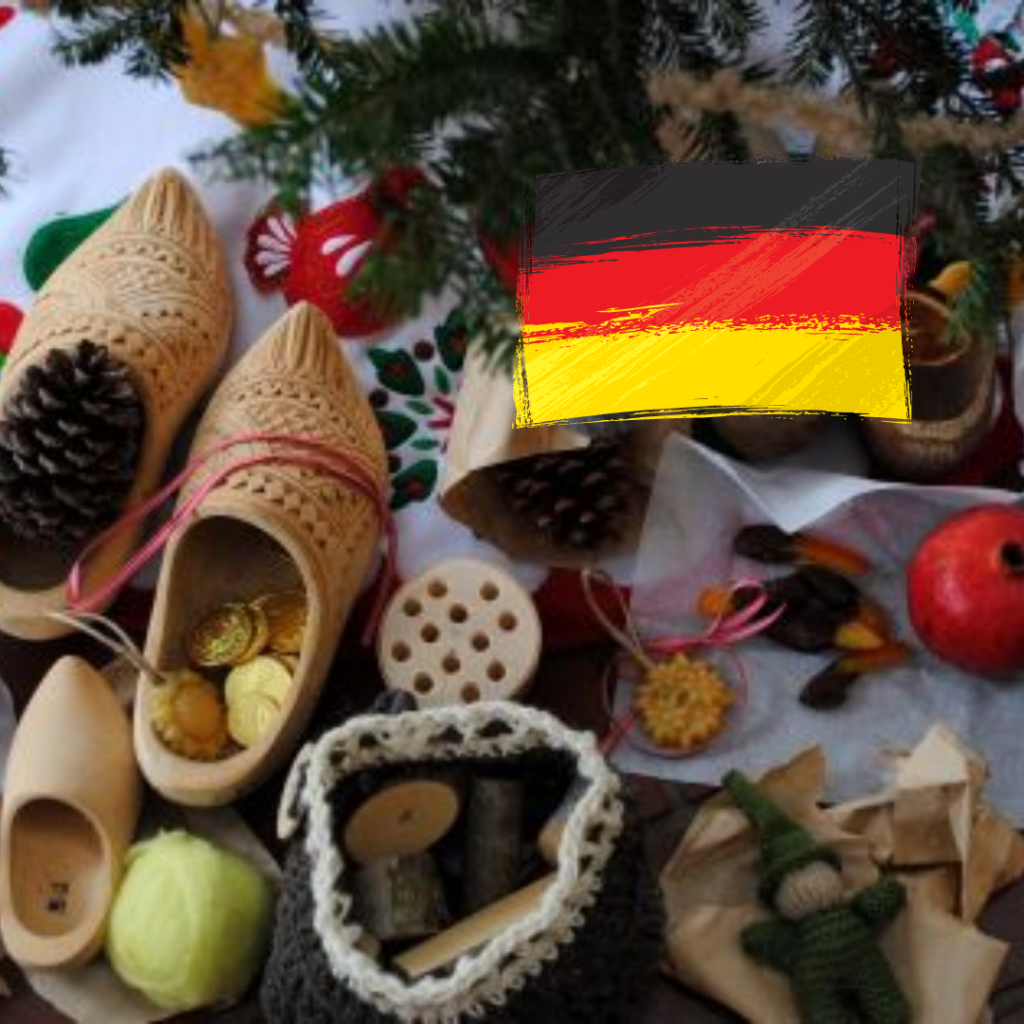
Rollerblading to Church, Venezuela

Every Christmas Eve in Caracas, Venezuela the city’s residents head to church in the early morning on ROLLER SKATES. This unique tradition is so popular that roads across the city are closed to cars so that people can skate to church in safety. Break out your roller skates this Christmas Eve and celebrate like a Venezuelan!
Krampus, Austria and Central Europe
In much of Central Europe, Saint Nicholas has a mischievous companion named Krampus. While Saint Nicholas rewards the well-behaved children with gifts, Krampus punishes misbehaving children. It’s also said that Krampus will capture the naughtiest children and whisk them away in his sack. In the first week of December, young men dress up as the Krampus frightening children with clattering chains and bells. This might be a bit much for younger kids but older kids might enjoy a little more fright in their holidays.
